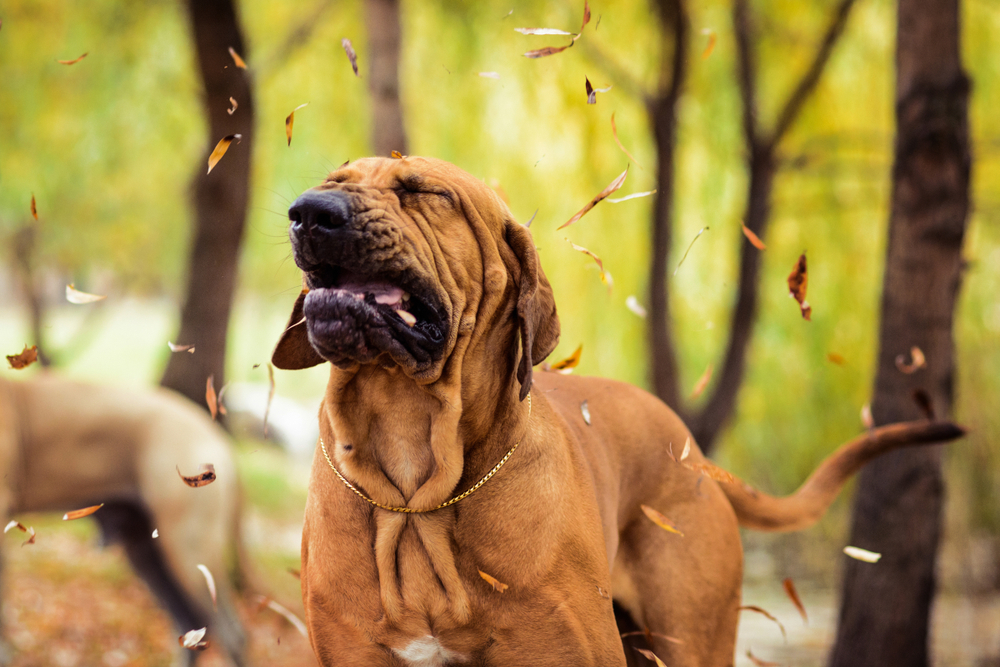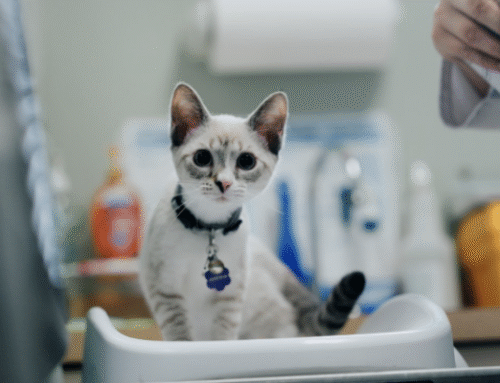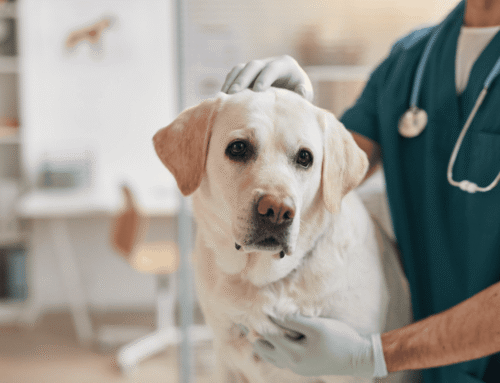Social dogs are commonly affected by coughing, sneezing, and other respiratory issues that often are the result of canine respiratory disease complex (CIRD or “kennel cough”)—a collection of highly contagious viruses and bacteria that generally produce a mild, self-limiting illness. Since 2004, a new respiratory pathogen—canine influenza (i.e., dog flu)—that causes more severe illness and sometimes leads to pneumonia, has been on the radar.
Dog flu has resulted in outbreaks at various times across the country, rapidly spreading through boarding and daycare facilities, as well as local communities. Dog flu does not have a “season” like human flu, which puts social dogs at risk for contracting the disease at any time. Safe Harbor Animal Hospital wants pet owners to recognize the differences between kennel cough and dog flu, and to understand when a coughing dog needs veterinary care.
Where did canine influenza come from?
Influenza viruses are highly adaptable, and they constantly mutate to become more easily transmissible and to continue finding new hosts. These viruses are usually species-specific, but they also mutate to infect other species. The initial canine influenza virus (H3N8) was found in racing greyhounds in 2004, and was believed to jump from horses to dogs. A large outbreak of a new influenza strain (H3N2) that emerged in 2015 in the Chicago area was believed to originate from an Asian bird flu.
Are humans at risk for canine influenza?
The CDC and other agencies responsible for monitoring infectious diseases keep a close eye on all influenza viruses to determine their likelihood to mutate and infect humans. So far, no human cases have been reported in the U.S. or worldwide, but one report showed infection in a group of shelter cats in Indiana. For now, humans should not worry about their dogs infecting them with canine flu, but should monitor their cats for possible mild infections.
Canine influenza signs
Around 80% of dogs exposed to dog flu develop clinical illness, and the other 20% become infected and can spread the virus, but do not act sick. Common infection signs include:
- Coughing
- Sneezing
- Nasal and/or eye discharge
- Fever
- Lethargy
- Poor appetite
Secondary bacterial infections that may result in increased or thickened nasal discharge are common. A small percentage of dogs can develop severe lung infection (i.e., pneumonia) that leads to difficulty breathing and high fever. Rarely, a few dogs may die from canine influenza.
Canine influenza diagnosis
Influenza shows many similar signs as other respiratory pathogens (e.g., those that cause canine kennel cough). Your veterinarian may assume your pet is infected based on their physical exam and history, but may sometimes recommend laboratory testing of a nasal or eye swab for a definitive diagnosis. If your veterinarian is concerned about your dog’s breathing pattern or lung sounds, they may recommend chest X-rays.
When to seek treatment for a coughing pet
If your pet develops a cough or other influenza signs and they may have been exposed, you should schedule a veterinary visit. When you arrive, stay in your car, call the reception staff, and let them know your dog is coughing. Your veterinarian will wear protective gear and may examine your pet outdoors or in the car to avoid risking other hospital pets. If your pet is extremely lethargic or has difficulty breathing, head to your local veterinary emergency facility.
Canine influenza treatment
Treatment for viruses is aimed at supporting your pet, so their own immune system can clear the virus. Your veterinarian may prescribe an antibiotic to treat secondary bacterial infections and reduce airway inflammation, but these drugs do not directly kill the virus. They may also prescribe medications to suppress the cough or reduce fever. Never give your pet any over-the-counter cough, cold, or pain medications, as human formulations can be toxic for dogs. Fluids under the skin can keep your pet hydrated if they are feeling too sick to eat or drink.
Pets should be isolated from other dogs for four weeks from the start of their illness. Most pets recover at home with supportive care in two to three weeks. For rare, severe infections, pets may be hospitalized in an isolation ward and provided with 24-hour care.
Canine influenza prevention
Dogs who interact frequently with other dogs are at higher risk for canine influenza than the general dog population. High-risk dogs can be vaccinated for either influenza strain, or with a combined product that protects against H3N8 and H3N2. Pet owners who usually opt for a kennel cough vaccine should also consider the canine influenza vaccine, as risk factors are similar.
Like humans, respiratory diseases in dogs have overlapping signs, and you will likely have difficulty determining whether your pet has kennel cough, canine influenza, or another disease process. If your dog is coughing, sneezing, or feeling unwell, contact our team to schedule an appointment.
The Safe Harbor Animal Hospital team owns and operates several other veterinary hospitals in the Mount Pleasant area. Visit Animal Hospitals of the Lowcountry to check out our other locations, and find your new veterinary home.









Leave A Comment